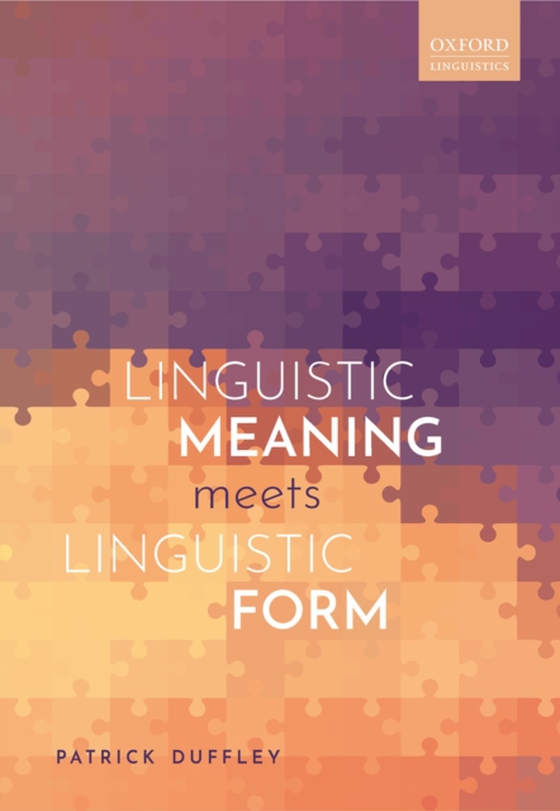
Linguistic Meaning Meets Linguistic Form e-bog
360,12 DKK
(ekskl. moms 288,10 DKK)
This book steers a middle course between two opposing conceptions that currently dominate the field of semantics, the logical and cognitive approaches. Patrick Duffley brings to light the inadequacies of both of these frameworks, arguing that linguistic semantics must be based on the linguistic sign itself and on the meaning that it conveys across the full range of its uses. The book offers 12 ...
E-bog
360,12 DKK
Forlag
OUP Oxford
Udgivet
13 oktober 2020
Længde
208 sider
Genrer
CFGA
Sprog
English
Format
pdf
Beskyttelse
LCP
ISBN
9780192591111
This book steers a middle course between two opposing conceptions that currently dominate the field of semantics, the logical and cognitive approaches. Patrick Duffley brings to light the inadequacies of both of these frameworks, arguing that linguistic semantics must be based on the linguistic sign itself and on the meaning that it conveys across the full range of its uses. The book offers 12 case studies that demonstrate the explanatory power of a sign-basedsemantics, dealing with topics such as complementation with aspectual and causative verbs, control and raising, wh- words, full-verb inversion, and existential-there constructions. It calls for a radical revision of the semantics/pragmatics interface, proposing that the dividing line be drawn betweencontent that is linguistically encoded and content that is not encoded but still communicated. While traditional linguistic analysis often places meaning at the level of the sentence or construction, this volume argues that meaning belongs at the lower level of linguistic items, where the linguistic sign is stored in a stable, permanent, and direct relation with its meaning outside of any particular context. Building linguistic analysis from the ground up in this way provides it with a moresolid foundation and increases its explanatory power.
 Dansk
Dansk

